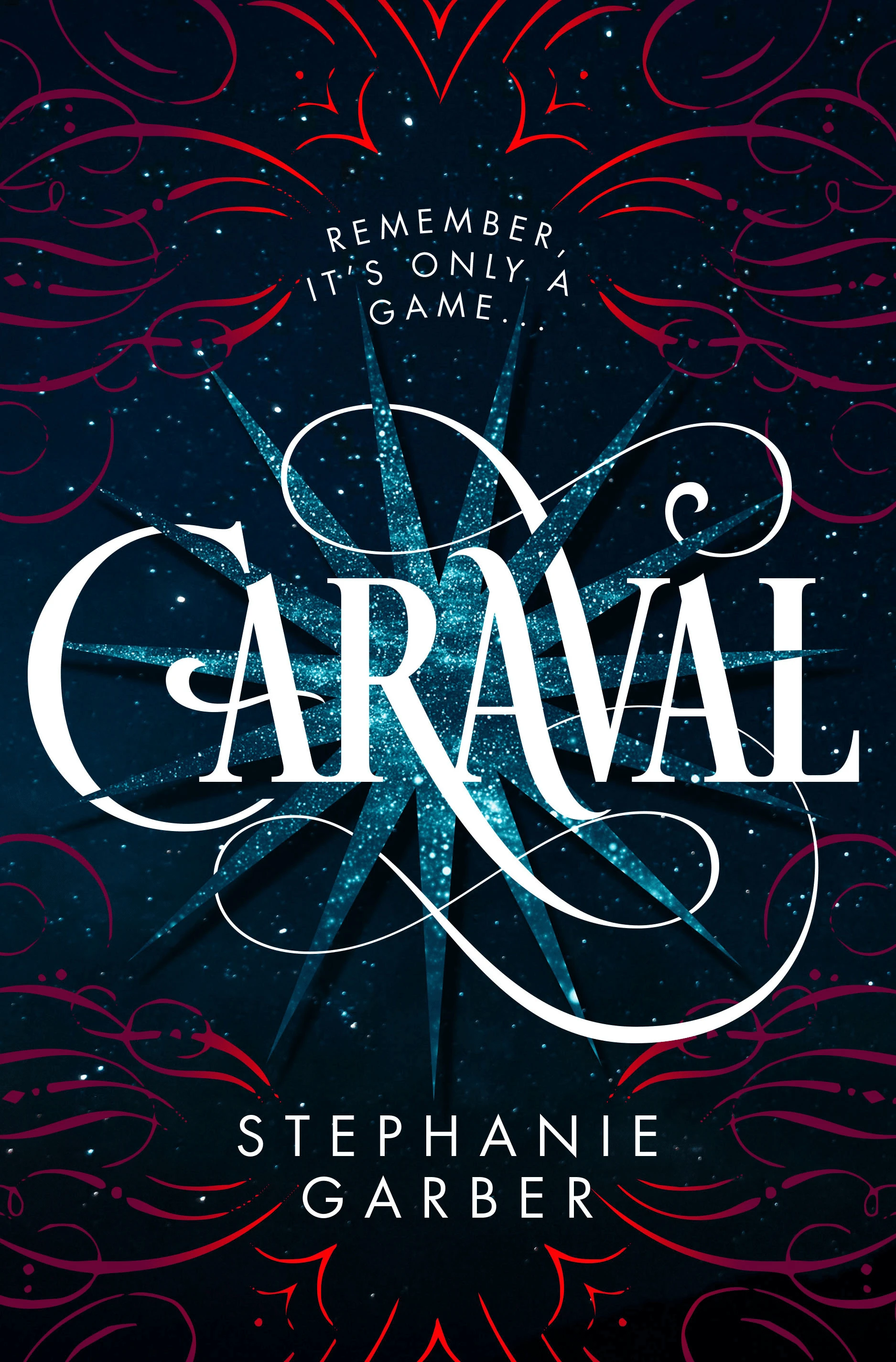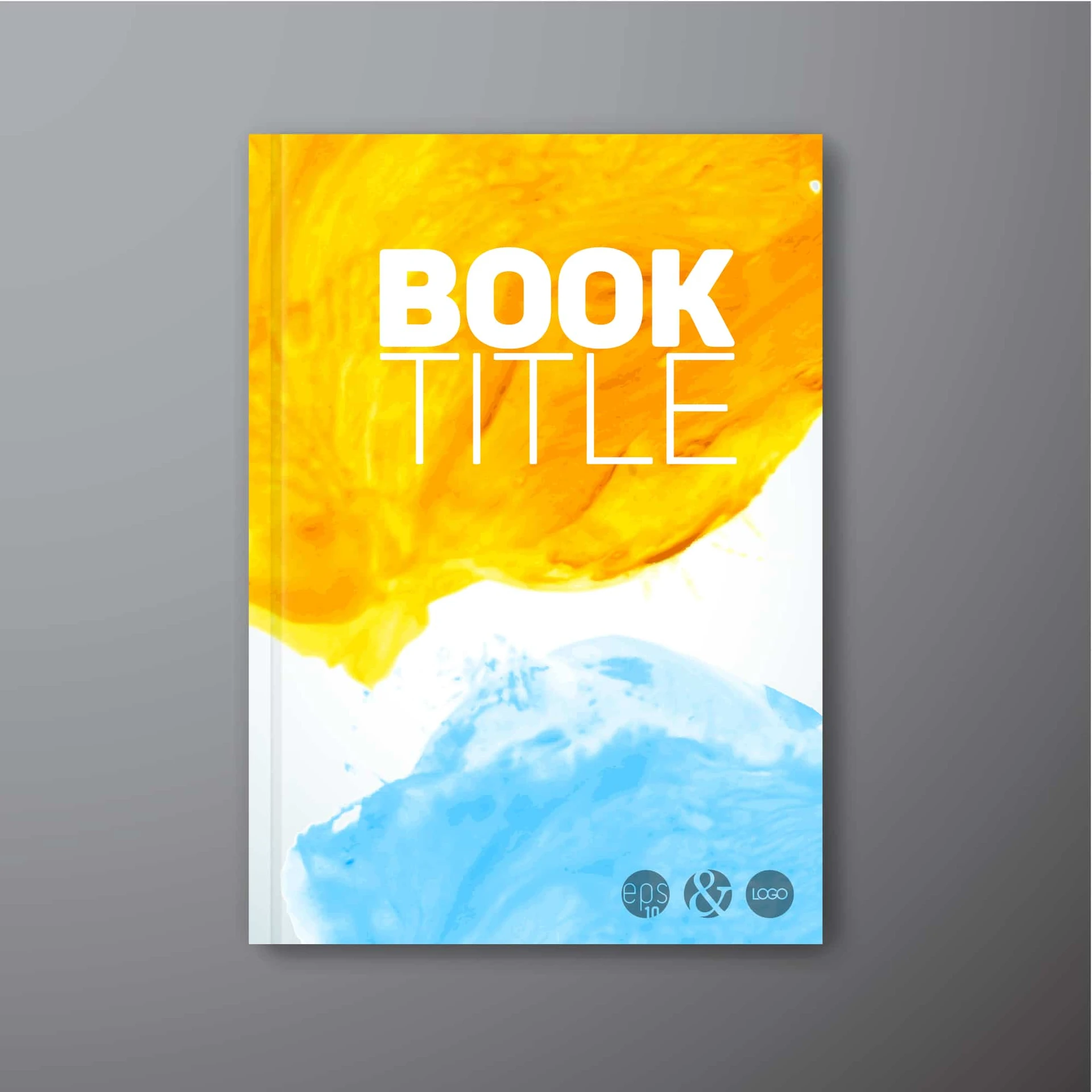Covers, despite the old adage, are how people first judge your book. By looking at the cover, a potential reader can determine what the book is about, identify the genre, and get a feel for the story’s vibe and mood. When you need a cover for your book, getting a striking image that grabs attention and makes people click “add to cart” is a significant part of your overall book marketing strategy.
While it would be nice to think that a great book sells itself, that simply isn’t true. More than 1 million freshly penned books are pushed out into the book market every single year. Let that sink in. While not all of these books will be in direct competition with your release, with so many new books each year, it is fair to say that you are going to have to consider how you will ensure that your book stands out from the crowd. Your book cover is going to be your front-line weapon in this first skirmish.
How do you go about creating a book cover that will get noticed and pique readers’ interest?
In this post, we will break down what exactly constitutes a “book cover” and what you can do to make sure every element of your book jacket is as compelling as possible.
Front Cover

You can think of the front cover or face cover of your book as the prime marketing real estate for promoting your book. Like a movie poster or cover. It is the imagery and messaging on the front cover that is going to tell your viewers at a glance whether they might be interested in learning more about what is beneath the front cover board of your work. It is the very first impression that your readers will have of your book so it needs to spark readers’ interest and make them want to explore further.
When thinking about what to include in this prime location you are going to devote most of your focus to the visual impact of your cover art, the written message (including the fonts and lettering style), and how those two elements harmonize with one another.
Cover Art

The term “cover art” can certainly refer to traditional book cover illustrations, or it can be applied to any visual imagery from a photograph to an abstract design, or the lack of any design in the case of a dramatic solid-color book face. No matter what style you choose, remember that your primary goal is to grab attention and communicate your book’s value to potential readers. Part of communicating that value means ensuring that your image choice, or lack thereof, conveys to the reader what your book is about.
For instance, if you wrote a science fiction novel about a young boy learning to be a spaceship’s captain, you may want to show his small figure on the deck of the ship with a huge window overlooking the vastness of space.
The visual elements of your book cover art will also need to blend well with the written message and flow in a way that leads viewers’ eyes through all of the information provided in a way that makes it easy to take in at a glance. Keep in mind that your book will be sitting amongst many others and you will have only a second or two to grab your potential readers’ attention as their eyes scan the shelves or scroll through the online offerings.
Cover Art: Pro Tips

Photo by Brett Jordan on Unsplash
Before we dive into the more nuanced elements of cover art creation you will need to have a basic idea of the style of cover you would like for your book. Do you want a cartoon or comic-strip-style cover? Are you envisioning a photograph or a solid color cover that puts all the focus on the written message? If you’re looking for an artistic style, a custom illustrated cover is a good choice. For a typography-heavy or photo-like cover, you may be able to use stock photos to achieve your desired look.
With the basics out of the way, let’s take a look at some of the expert tips to help you design the most impactful book cover art design.
Evoke Emotion
Emotion sells, period! If your book has a powerful message or a storyline that will tug on the heartstrings, don’t hesitate to put that emotion front and center in your cover art imagery. You can achieve this through dramatic illustrations or photos, or use color and messaging to set the tone.
Create Perspective
Use scale and perspective in your cover art to help viewers understand the scope of your book. For instance, you might create a scene with your protagonist appearing very small against a vast landscape to signal to readers that the story will be about the larger world around that character and how it affects them.

Photo by Artem Kovalev on Unsplash
Human Element
By depicting one or more people on your cover you send the message that this will be a character-driven story, and give your potential readers a glimpse of the personalities they may encounter inside.
Color Psychology
Choose your color palette carefully. Compatible colors in the same family can create a pleasing, unanimous look. For more dynamic works, contrasting colors can increase feelings of urgency, movement, and action. Softer colors can be calming and understated, which is good for more internally-focused stories or those for a younger audience.
Genre Cues
Think about what ideas, colors, and elements designers have used in other books of the same genre and theme. Peruse bookstore shelves and see which designs stand out in your particular category.
Cover Messaging

While there is no hard and fast rule about the wording that you choose to include on your book face, at a bare minimum you need to make sure that your potential readers can clearly understand your book’s title, and who wrote the book. It should also include a subtitle if you have one.
When it comes to maximizing the impact of your cover messaging, legibility and scale are the most crucial considerations. You’ll want the text to be readable by anyone, and you’ll want to make sure that the most important parts of the text are the largest. For example, your title and author name should be larger than your subtitle or tagline, if used.
You’ll also want to make special considerations for your eBook title if you’ll have one. You can read more about that here.
Aim for one clear message, and visual focal point that gives a clear idea of your book’s storyline or subject. This focused messaging will help ensure that your front cover is easy for readers to understand and offers a strong impact in a sea of information.
Back Cover Design

So, if the front cover hooks your potential reader, what does the back of the book do? If your front cover has done its job well, hopefully, your potential reader has now picked up your book and turned it over to learn more. The back cover is where you close the deal, making it a crucial aspect of your book marketing strategy. You’ll need to include some essential information, but you’ll also want to be sure that the overall design is focused on maximizing the impact of your book description and any other persuasive messaging you choose to share.
Back Cover: Pro Tips

Photo by Andreea Pop on Unsplash
Book Description (AKA “Blurb”)
In terms of space, the book description, or blurb, should be the focal point of the back cover. This is the vital information that potential buyers will be seeking, and it is your compelling description that will do the lion’s share of the work when it comes to encouraging people to purchase your book.
ISBN Code
Though the ISBN barcode is not part of your design, you will need to be sure that you have budgeted adequate space for it as it will be included on the rear cover by your publisher.
Reader Reviews
While reader reviews are not a necessity, they can help sway viewers who are on the fence about purchasing your book. If you have space, you may want to consider including the best excerpts from one or two stellar reader reviews.
Author Bio
Finally, a short author bio can help readers understand who you are and why they might be interested in your words.
A hardcover copy of your book could use a dust jacket allowing you extra space on the front and rear inner flaps to share some of the optional elements like reviews, and an author bio. However, if you will be publishing a paperback book or an ebook you will need to really optimize your back cover as you won’t have this extra space.
Book Spine

Don’t neglect the design of your book’s spine. Most of the time, the spine will be the part that’s displayed on shelves when a store stocks your book. Additionally, when someone orders a print copy, that’s how they’ll likely see it on their own shelves.
Book spines are all about simplicity. The most prominent aspect of your spine design should be your book title, followed immediately by the book’s author. This is the critical information viewers need when browsing books tucked onto library or bookstore shelves. You can also include a small icon or decorative element as long as it does not distract from the core information.
It’s especially important to ensure your book’s spine design fits the physical dimensions of your book. Be prepared to spend some time overcoming formatting challenges if you have created an oddly-shaped, thin, or compact book. In these cases, a professional printer or publisher may be your best bet to help you create a readable book spine without sacrificing the size, or shape of your book.

Photo by Daria Nepriakhina 🇺🇦 on Unsplash
Of course, these are simply best practices, you do have creative freedom to experiment with the layout of your book cover design elements, and what information you choose to place in each section. The most important considerations are legibility, professional-quality design, and proper formatting that fits the book’s size and width.
So how do you ensure your book cover design is spot on? Here’s a guide to filling out a book cover design brief for your designer, artist, or publisher.
How To Write An Effective Cover Design Brief

Photo by Shayna Douglas on Unsplash
A design brief is your opportunity to explain the crucial details of your creative vision and how your ideas fit into your overall book marketing and promotion strategy. You’ll want to include the basic plot or topic matter of your book, your vision for the cover, plus a few other vital details.
Here is a quick reference list to ensure your book cover designer has all the information they need to bring your vision to life.
- Book title (and subtitle if applicable)
- Author(s)
- Tagline (optional, but useful to provide context)
- Book genre or subject category
- Book description for the designer’s reference (the more detailed the better)
- The EXACT written wording that you would like to include in each section
- The demographics, preferences, and characteristics of your target audience
- Examples of book cover designs that you would like to emulate, or basic styles that you like.
How To Get A Professional Book Cover Design

Photo by Matt Ridley on Unsplash
When you need a book cover design that wows, what do you do? You could go with a premade cover, but they may not fit your story perfectly, and customizing them will up the price tag fast. You could hire a graphic designer to create your cover, but their prices can vary greatly and be cost-prohibitive if you are just starting out on your publishing journey.
You could make it yourself or use a template, but you may not be happy with the quality that offers or the personalization.
Good book cover design is complex. It needs to show all the necessary information and grab the reader’s attention through striking visuals that are unique and creative.
While hiring directly can be too expensive, and doing it yourself may not give you the results you want, there’s also so much more that you can do with imagery created for your cover, like social media graphics, mockups, and merchandise.
Working with the professional graphic designers at Flocksy will provide you with all the graphic assets you need to market your book for an affordable cost using a flat-rate subscription. As your creative services provider, we can provide book cover designs, social assets, eBook cover designs, and more. You can also get high-quality marketing materials, including event signage, web design, social media ads, and swag design like stickers and bookmarks, and you’ll also get creative content help with things like video editing, illustrations, and even any copywriting you don’t have time for.
Manage all your creative service needs in one place instead of juggling several service providers and losing track of your communication. You’ll have a project manager to ensure that everything is clear and getting done on time. Plus, you’ll have unlimited revisions to ensure you love your book cover.
Getting Your Custom Book Cover Design At Flocksy

With Flocksy’s graphic design services, starting a “book cover design” project is an easy process you can do right from the intuitive dashboard. Once you send in your request, you’ll get results in as little as 24 to 48 hours.
First, go to the main dashboard and click on “Create new project.” You’ll see the project request page and want to find the option for “graphic design project” to open up the subcategory menu. From that drop-down, click “book cover design.” If you just need an eBook cover, you’ll find an option for that too.
From there, fill in all the necessary information about your cover, including the things we talked about above. Remember to include things like what types of designs you do and don’t like and the overall style you’re going for, such as modern, elegant, flashy, romantic, dark, or minimalistic.
Your assigned graphic designer will create a beautiful book cover design that meets all your needs and will be ready to upload to your book printer or distributor. They can even help with social graphics and mockups using the cover once they’re finished.
Plus, you can also work with the same designer over and over again. That way, whenever you need a new cover, especially if it’s in the same series, you can work with a designer you love and who you know understands your tastes.
Allow our team of professional designers to create a book cover design that you’ll truly love and will entice prospective readers to check out your book.
